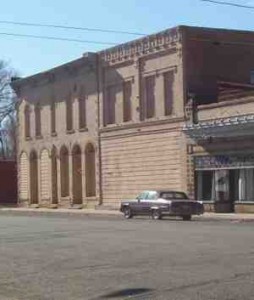Brief by Allen Best
Wildfire – January 2007 – Colorado Central Magazine
The horrors of the 1994 Storm King Fire, in which 14 firefighters died near Glenwood Springs, illustrated not only the dangers to firefighters, but the true cost of insulating mountain homes to the threat of fire dangers. Then, in 2002, a second fire raced across land adjacent to Glenwood Springs, this time gutting houses but taking no lives.
Still, mountain towns and valleys have been generally slow to guard themselves against the potential and likelihood of fire. A case in point is Vail, located 60 miles east of Glenwood Springs. There, after investigation of several years, town authorities are only now considering a proposal that would wag the long finger of the law at wood shakes and shingles. Only fire-resistant Class A materials would be permitted on new roofs or reroofed areas.
The change is the first installment of wildfire regulations that are being created to better insulate Vail against wildfire, which is no longer an idle threat. Foresters some years ago described the forests near ski towns as being asbestos-like, since catastrophic fires in higher-elevation spruce-fir forests are rare — every 300 or so years.
But the current bark beetle epidemic has waxed uncommonly long, unhindered by sustained cold temperatures. Too, extended drought has weakened trees. The result has been whole hillsides in Vail looking rusty, the result of beetles attacking trees, their needles dying. U.S. Sen. Ken Salazar described the decaying forests along I-70 as holding the potential to become the “Katrina of the West.”

